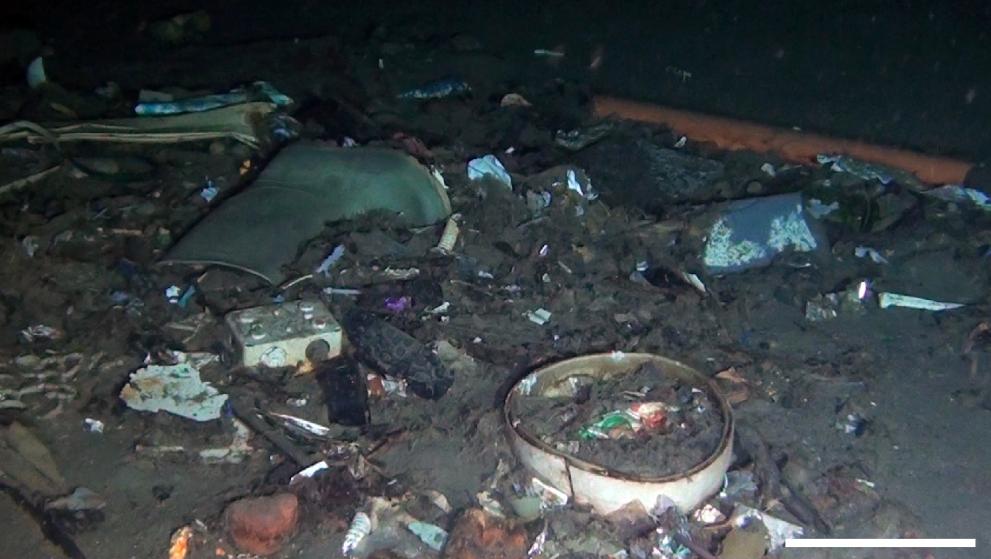
There is urgent need to enable quantitative assessments, to track pathways and to protect the vulnerable deep-sea environment.
Marine litter has received a lot of attention by the public, scientific communities and policy makers. There is wide agreement on the need to reduce plastic and other litter, but its final destination still remains obscure. Large quantities of litter might be deposited on the seafloor but we are missing scientific knowledge about quantities, types and distribution.
The seafloor, covering some 70% of the Earth’s surface, is largely unexplored, and has been recognised as a major sink for marine litter. Still, litter on the seafloor is less considered than other marine litter fractions, as the deep Ocean’s bottom area is the least explored ecosystem on Earth. Comprehensive frameworks for assessing seabed litter are being developed and depend on the availability of harmonised monitoring approaches.

25 Scientists from across the world met in May 2018 during a workshop on marine macro litter on the seabed, organised by the European Commission’s Joint Research Centre (JRC) and the German Alfred Wegener Institute (AWI). Scientists discussed data needs, methodologies, harmonisation and needs for further development. The outcome from two intense days of discussion has been collected and compiled into a scientific publication under the lead of the University of Barcelona, Spain.
Authors: Miquel Canals, Christopher K Pham, Melanie Bergmann, Lars Gutow, Georg Hanke, Erik van Sebille, Michela Angiolillo, Lene Buhl-Mortensen, Alessando Cau, Christos Ioakeimidis, Ulrike Kammann, Lonny Lundsten, George Papatheodorou, Autun Purser, Anna Sanchez-Vidal, Marcus Schulz, Matteo Vinci, Sanae Chiba, François Galgani, Daniel Langenkämper, Tiia Möller, Tim W Nattkemper, Marta Ruiz, Sanna Suikkanen, Lucy Woodall, Elias Fakiris, Maria Eugenia Molina Jack and Alessandra Giorgetti

The paper reviews current knowledge and methods, identifies existing needs, and points to future developments that are required to address the estimation of seafloor macrolitter. It provides background knowledge and conveys the views and thoughts of scientific experts on seafloor marine litter offering a review of monitoring and modelling techniques. The analysis of published literature through the AWI LITTERBASE and EMODNET provides an overview on methodologies employed in research and confirms bottom trawling and imaging approaches as main method typologies. Knowledge gaps that need to be tackled, data needs for modelling, data comparability and harmonisation are also discussed.
Knowledge and data about seafloor litter are needed for the implementation of the Marine Strategy Framework Directive (MSFD) and other international policy frameworks, including global agreements. The publication shows how research on seafloor macrolitter can inform these international protection and conservation frameworks to prioritize efforts and measures against marine litter and its deleterious impacts.
Hot spot identification and the consideration of polar and deep-sea environments are among the priorities to be tackled. The concluding recommendations include also the development and harmonisation of imaging approaches from different platforms and automated analysis of images as upcoming needs. Modelling may improve the understanding of litter transport and accumulation on the seafloor, while the development of baselines is needed as reference for trend assessments.
The University of Barcelona's press release on this publication is available online.
Related Content
Research article in focus:
MSFD:
The EU Marine Strategy Framework Directive (MSFD) was put in place to protect the marine ecosystem and biodiversity upon which our health and marine-related economic and social activities depend.
Details
- Publication date
- 20 January 2021
